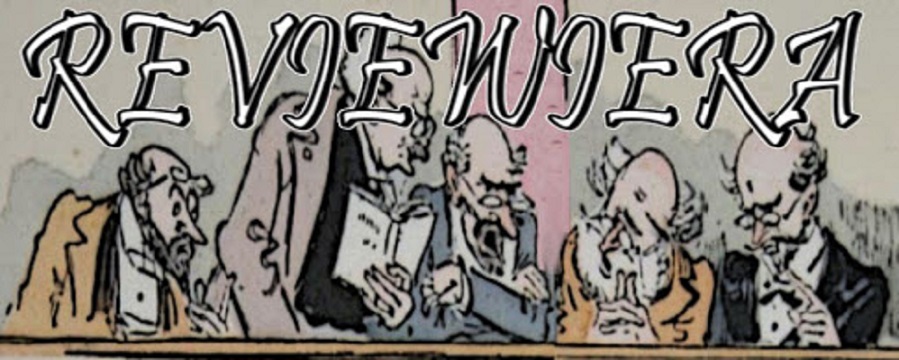My first favorite movie was Batman (1989, Tim Burton). And the one thing as a kid I could never understand was what those photos VICKI VALE took were all about. They were apparently graphic and disturbing. They were in black and white. And they were called Corto Maltese. Many years later one of the first things I used a search engine for when that technology became available was finally answering that question that had puzzled me for so long.
Other than Quentin Tarantino, who else has the luxury of a major studio handing over a big budget and the reigns to an R-rated, violent, profanity-laden, colorful, fun, genre pic with an eclectic soundtrack of their choosing and Margot Robbie? …The Suicide Squad (2021, James Gunn) is the most fun a movie could be. And in the era which began sometime in the ‘10s where Marvel took over the world and superhero movies dominated the market, The Suicide Squad is the first movie to exist in that genre yet still manage to be considered serious art.
James Gunn’s coolest gift is the Gen X sensibility he’s used to craft The Suicide Squad with. Yes I’m talking about the penultimate group shot of the team entering Corto Maltese in the rain, in slow-motion, to “Hey” by the Pixies with the refrain of Black Francis’ wistful “chained” echoing (and echoed by Kim Deal) the subtext of the shot, but so much more. The scene in the briefing when RATCATCHER 2 asks “what is that?” and WALLER tells her “that is an overhead projector” is the key to the true nature of the movie. “Do you ever use it anymore?” “No, not really.” “So why don’t you just throw it away?” Whether we call it grunge, alternative, or indie; whether we’re talking about the music, the movies, or the fashion of Generation X, what The Suicide Squad essentially conveys is the mix of beautiful drabness and witty sarcasm found in the otherwise discarded forms (and people). And being funny as shit.
But the thing Gunn does best is writing for an ensemble of misfits to make them all individually compelling while simultaneously building a story that uses each of them to their fullest potential in terms of both plot and character development. And being funny as shit.
My favorite set piece in The Suicide Squad is the La Gatita Amable. What the K. Flay song does from its opening chords while filmed in slow-motion PEACEMAKER bumps into Lloyd Kaufman, the trance-like bizarre otherworldly choreography of the dancers on stage, then into drinks at the table is bliss; along with the POLKA DOT MAN punchline “…except for the thousands of people killed in drunk driving accidents every year,” which was my biggest laugh. (Yeah it was awkward in a packed theater being the only person to laugh at that joke.) But wait there’s more: Ratcather 2 and Peacmaker’s moves on the floor; Polka Dot Man’s first sign of having fun in one of the most disturbingly awesome instances of face-replacement cgi since Chris Cunningham’s Aphex Twin videos in the ‘90s is the happiest moment in the movie, only to cut to KING SHARK outside in the most painful moment of the movie.
The best thing about the plot is that it’s about Jotunheim and it knows it. And once the team gets there that whole final section is its own movie. In closing, The Suicide Squad is the funniest, most violent, coolest fucking movie I’ve ever seen. And I wish I'd said more about the characters: Ratcatcher 2 (the sleepy, mumbling millennial), HQ (her time in this movie does more for that character than both the other movies combined), BLOODSPORT (best costume, arsenal), King Shark (learning to make friends on his own...).
And this other Gen X thing I think is really funny is just a guess, but like even though The Suicide Squad occurs in a contemporary setting (‘20s), it doesn’t really ever show anyone using smartphones. Except there is one scene where a character is texting and, well, we see what happens to him. But also there’s the bit about Bloodsport’s DAUGHTER wanting a watch to watch tv on, which, without making any judgements about technology or anything is clearly hilarious. Anyways.
8/5/2021 AMC Madison Yards 8
Atlanta, GA
DCP




